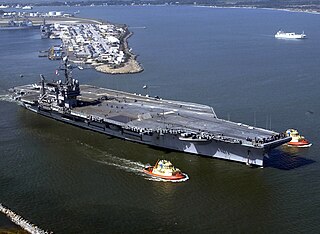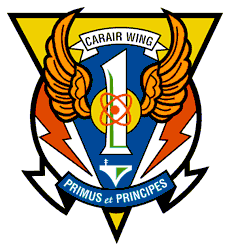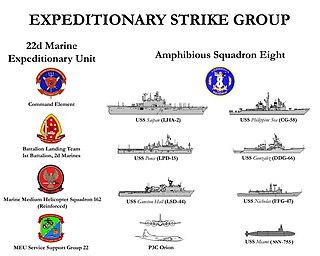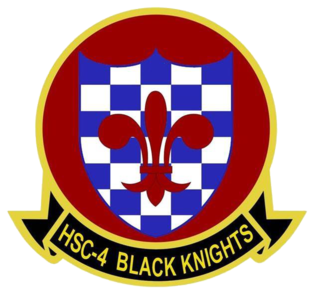
The Advanced Combat Direction System (ACDS) is a centralized, automated command-and-control system, collecting and correlating combat information. It upgrades the Naval Tactical Data System (NTDS) for aircraft carriers and large-deck amphibious ships. [1] [2] A core component of non-Aegis combat systems, ACDS provides the capability to identify and classify targets, prioritize and conduct engagements, vector interceptor aircraft to targets, and exchange targeting information and engagement orders within the battle group and among different service components in the joint theater of operations. ACDS integrates the ship's sensors, weapons, and intelligence sources to allow command and control of battle group tactical operations. [1] [2]

Naval Tactical Data System, commonly known as NTDS, refers to a computerized information processing system developed by the United States Navy in the 1950s and first deployed in the early 1960s for use in combat ships. It took reports from multiple sensors on different ships and collated it to produce a single unified map of the battlespace. This information could then be relayed back to the ships and to the weapons operators.

An aircraft carrier is a warship that serves as a seagoing airbase, equipped with a full-length flight deck and facilities for carrying, arming, deploying, and recovering aircraft. Typically, it is the capital ship of a fleet, as it allows a naval force to project air power worldwide without depending on local bases for staging aircraft operations. Carriers have evolved since their inception in the early twentieth century from wooden vessels used to deploy balloons to nuclear-powered warships that carry numerous fighters, strike aircraft, helicopters, and other types of aircraft. While heavier aircraft such as fixed-wing gunships and bombers have been launched from aircraft carriers, it is currently not possible to land them. By its diplomatic and tactical power, its mobility, its autonomy and the variety of its means, the aircraft carrier is often the centerpiece of modern combat fleets. Tactically or even strategically, it replaced the battleship in the role of flagship of a fleet. One of its great advantages is that, by sailing in international waters, it does not interfere with any territorial sovereignty and thus obviates the need for overflight authorizations from third party countries, reduce the times and transit distances of aircraft and therefore significantly increase the time of availability on the combat zone.
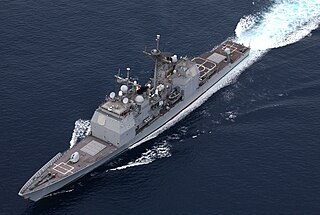
The Aegis Combat System is an American integrated naval weapons system developed by the Missile and Surface Radar Division of RCA, and now produced by Lockheed Martin. It uses powerful computer and radar technology to track and guide weapons to destroy enemy targets.
Contents
The ACDS upgrade is divided into two phases designated as Block 0 and Block 1. The Block 0 system replaces obsolete Naval Tactical Data System (NTDS) computers and display consoles with modern equipment and incorporates both new and upgraded NTDS software. [1] [2] Block 1 operates with the equipment provided under ACDS Block 0 but implements significant improvements in software capability. The Block 1 upgrade includes modifiable doctrine, the Joint Tactical Information Distribution System (JTIDS) for joint and allied interoperability, increased range and track capability, multi-source identification, National Geospatial-Intelligence Agency (NGA) based digital maps, and an embedded training capability. [1] [2]

The Joint Tactical Information Distribution System (JTIDS) is an L band Distributed Time Division Multiple Access (DTDMA) network radio system used by the United States armed forces and their allies to support data communications needs, principally in the air and missile defense community. It produces a spread spectrum signal using Frequency-shift keying (FSK) and Phase-shift keying (PSK) to spread the radiated power over a wider spectrum than normal radio transmissions. This reduces susceptibility to noise, jamming, and interception. In JTIDS Time Division Multiple Access (TDMA), each time interval is divided into time slots. Together, all 1536 time slots in a 12-second interval are called a "frame". Each time slot is "bursted" (transmitted) at several different carrier frequencies sequentially. Within each slot, the phase angle of the transmission burst is varied to provide PSK. Each type of data to be transmitted is assigned a slot or block of slots (channel) to manage information exchanges among user participation groups. In traditional TDMA, the slot frequencies remain fixed from second to second. In JTIDS TDMA, the slot frequencies and/or slot assignments for each channel do not remain fixed from frame to frame but are varied in a pseudo-random manner. The slot assignments, frequencies, and information are all encrypted to provide computer-to-computer connectivity in support of every type of military platform to include Air Force fighters and Navy submarines.

The National Geospatial-Intelligence Agency (NGA) is a combat support agency under the United States Department of Defense and a member of the United States Intelligence Community, with the primary mission of collecting, analyzing, and distributing geospatial intelligence (GEOINT) in support of national security. NGA was known as the National Imagery and Mapping Agency (NIMA) until 2003.

